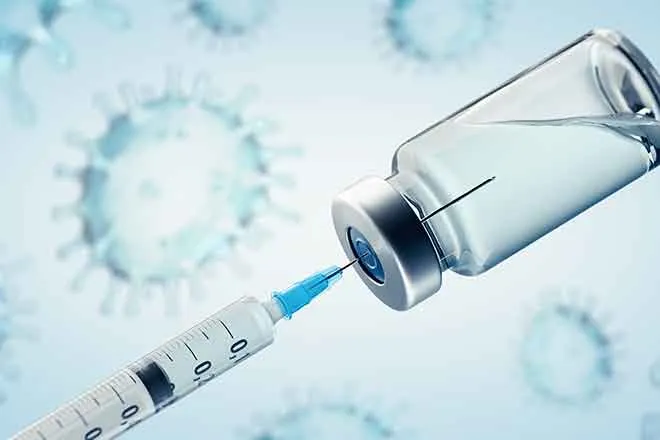
New data show millions more people exposed to 'forever' chemicals
© Francesco Scatena - iStock-1490544274
Click play to listen to this article.
The latest Environmental Protection Agency data show over 11 million more people than in earlier estimates have the chemicals known as PFAS in their drinking water.
This brings the total number exposed to toxic so-called forever chemicals to more than 143 million nationwide.
Julia Finch, director of the Sierra Club's Kentucky Chapter, said she hopes the incoming Trump administration protects federal drinking water standards.

© mheim3011 - iStock-544332118
She noted that most states don't have state-level drinking water protections in place for PFAS, and are instead dependent on manufacturers' willingness to stop using the chemicals.
"We know that in Kentucky in particular, PFAS aren't regulated," said Finch. "So, we don't have a drinking water standard right now - but we know we have plenty of industrial and commercial users of PFAS that are eliminating the toxic chemicals."
The findings confirm the presence of PFAS compounds at more than 2,300 new locations nationwide.
They come from tests of the nation's drinking water supply conducted as part of the EPA's Fifth Unregulated Contaminant Monitoring Rule, which requires water utilities to test drinking water for 29 different PFAS compounds.
One 2020 study estimates more than 200 million Americans are exposed to PFAS in drinking water. Finch explained that Kentuckians can keep up on the issue as citizen-scientists.
"There's a way for folks to become involved, simply by sampling and testing water," said Finch. "We have a number of groups that will help to tap folks into that process, including Sierra Club."
Exposure to some types of PFAS chemicals have been linked to prostate, kidney, and testicular cancers, as wells as reduced immune system function, and reproductive issues in women - according to the Centers for Disease Control and Prevention.
In April of this year, the EPA classified two compounds - PFOA and PFOS - as hazardous substances. This prompted $9 billion in federal funding to eliminate them in water treatment facilities.
















